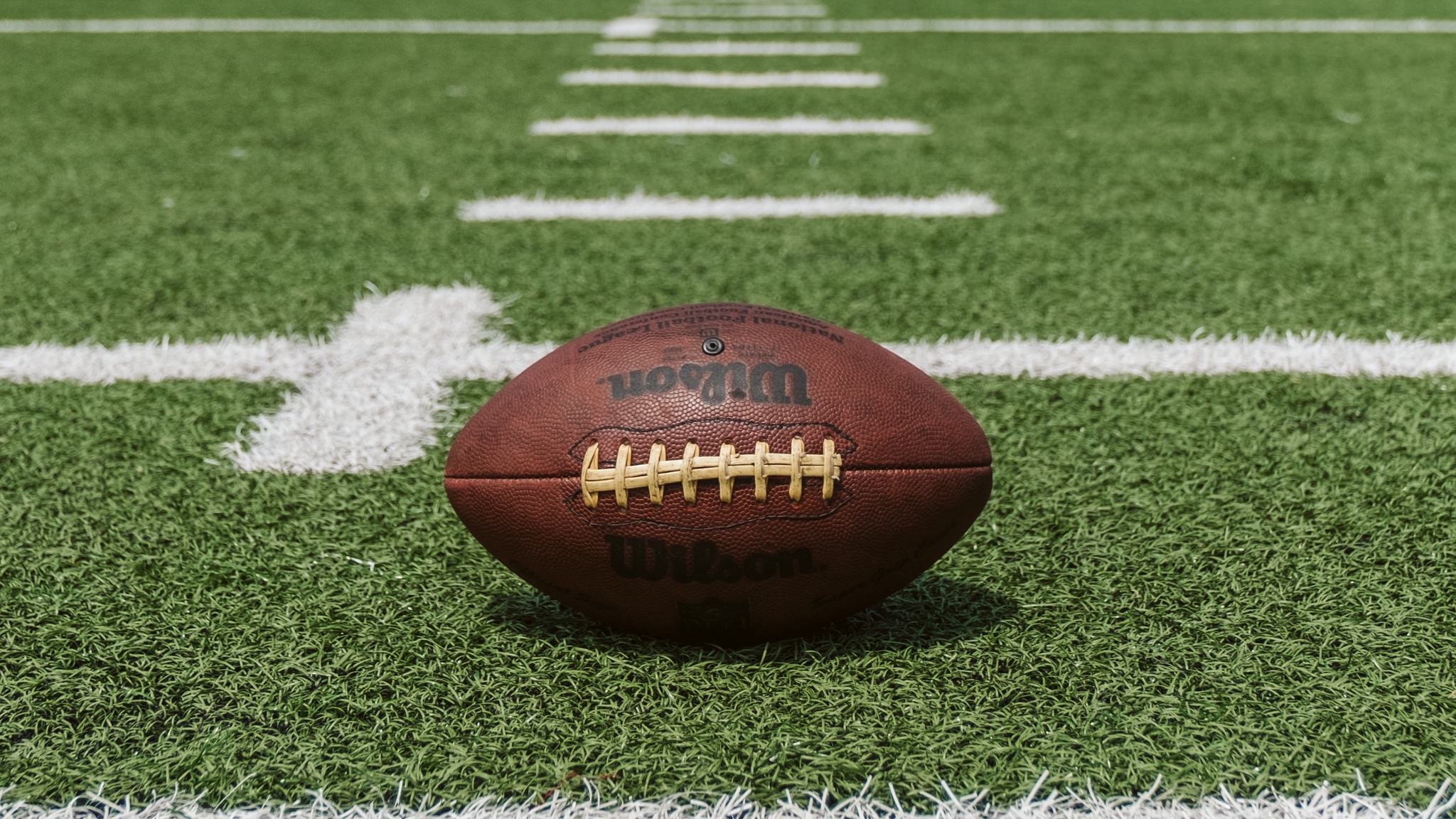College football returned this weekend, but this may be the last year it is recognizable. The changes we see now have been building for a while, but they seem to have rushed forward over the last few years.
When colleges started to reap cash windfalls due to broadcasting rights, conversations about player compensation moved to the forefront. I was never onboard with those conversations. Student athletes were being provided a free education and a prime opportunity to showcase their skills on a national level to garner potential NFL interest. The schools were under no obligation to “share” those funds with the athletes, and in some cases those monies helped support other athletic programs that operated at a loss. What developed was a NIL (name image likeness) program that legitimized what had been happening at some schools illegally for years—paying players through funding sources not (directly) tied to the school. NIL payments aren’t equal, of course, and the amount one can make is dependent on the player’s ranking, social media following, etc. For most student athletes the income is minimal, but six- or seven-figure deals for blue chip players are becoming common. Instead of students making choices because of the education they could get or their affinity with a school, it could now be about money.
NIL was followed by a change to transfer portal rules. Previously, students needed to sit out a year if they transferred to another Division 1 school and had not graduated1. Now, students can transfer and play immediately one time. I’m not against this change in principal, but it’s created a pseudo “free agent” market that can result in significant annual roster turnover for some schools2. Think you know who’s on your team this year? Will those same players be there the next? One of the exciting things about college football is that new players join your team every year when others graduate or are drafted, but too much turnover in a short period of time can make it hard to connect with the players from a fan’s perspective.
NIL and transfer portal rule changes pale to what’s coming—conference realignment. The Big Ten Conference was stable from 1949-1990. Penn State joined in 1990 and Nebraska in 2011, which made some sense from a regional level. Maryland and Rutgers (NJ) were added in 2014, but those additions seemed be more beneficial to the conference’s recruiting footprint than to its athletics. Now, with USC, UCLA, Oregon, and Washington set to join in 2024, the regionalized nature of the conferences has been tossed out3.
In an opinion piece on CNN titled College football is eating its institutions alive, Will Leitch writes:
With the new college football season starting this weekend, it can feel like the bottom has dropped out of not only one of the grandest sporting traditions in America, but also the entire sports-education balance for the universities involved. It can make you wonder if these schools are starting to feel less like the training grounds for our country’s future leaders and more simply a place to recruit extras for the television program that college football has become. The notion of regional conferences is as baked into college football as the 50-yard-line; the Big Ten represented the Midwest, the SEC the South, the Pac-8 the West, so on. This arrangement was logical, even obvious, in a pre-television world, stirring intense local rivalries and, of course, cutting travel costs.
[…] Oklahoma’s now in the SEC, Arizona is in the Big 12, Washington’s now in the Big Ten and the Pac-12 is dead. Every college football decision has been made with solely short-term interests—rather than what’s good for the sport, and higher education in general—in mind. No one’s minding the store. So everyone’s pulling up and selling anything not nailed down.
There are schools like Michigan and Notre Dame who sell their schools instead of promoting NIL benefits for recruiting (and thus have been less affected by the transfer portal). But they will not be able to avoid the changes coming with conference realignment. Nor will their fans.
I’m not going to pretend that college football has ever been a pinnacle of purity, but there was something about rooting for a bunch of kids playing their hearts out for a school they felt a part of. With the business side not only out in the open but actively discussed and driving decision making, that perceived purity, real or imaged, has been lost.
Will I stop watching? I don’t know. Not this year, anyway. But I do know that my feelings about the sport will never be the same.
Not only did athletes need to sit out a year when transferring (effectively a penalty), they also had to get permission from their current school, which wasn’t always granted. ↩︎
Deion Sanders recently became head coach of the Colorado Buffalos and 47 players entered the transfer portal, bringing their total since August, 2022 to 71. That’s an outlier, but it highlights how the new rules have facilitated a huge growth in transfers. Per ESPN: The portal has also increased in popularity since its inception. There were 4,076 NCAA football players to enter the portal during the entire 2018-19 cycle, according to ESPN Stats & Information. By last year, that number more than doubled to 8,242 players. From Aug. 1 through May 1, 8,699 NCAA football players—including 3,284 at the FBS level—entered the portal. ↩︎
This isn’t happening to just the Big Ten. All Power Five conferences are seeing changes, and the speculation is we’ll see super conferences in the near future. ↩︎
